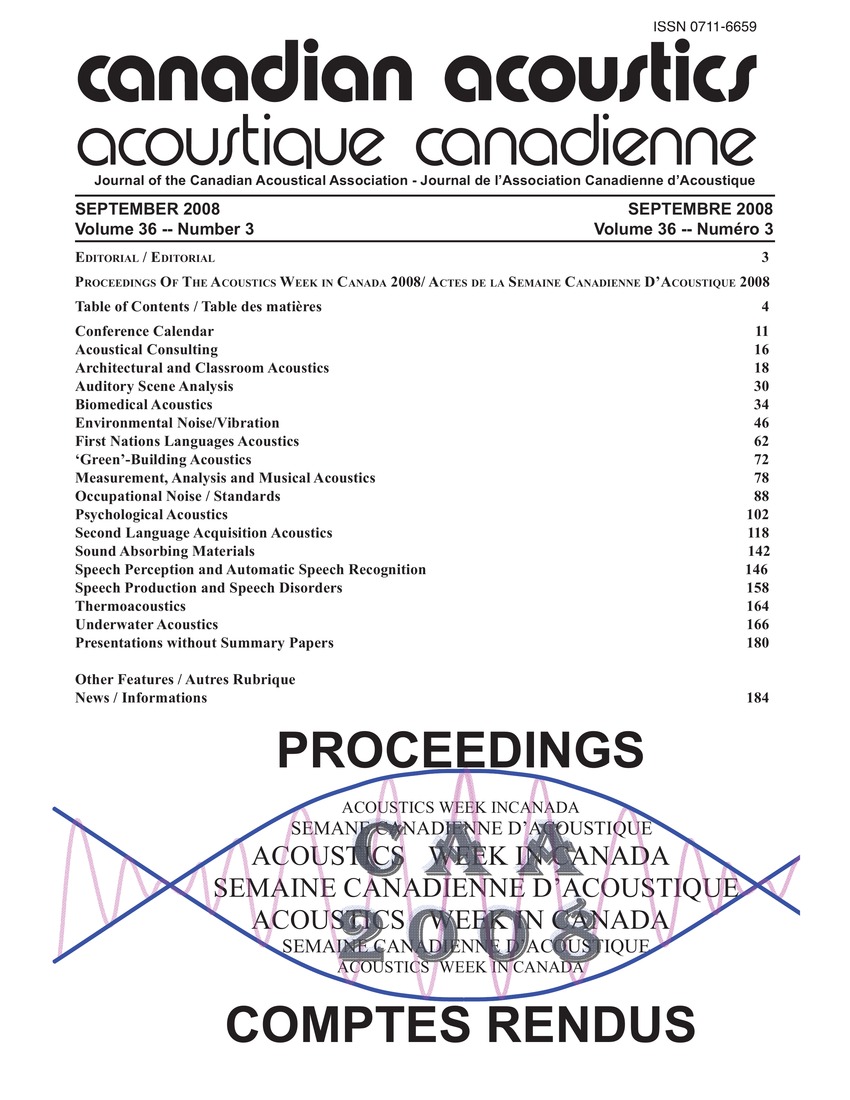Dentals are grave
Résumé
A study has investigated certain auditorily based sound changes and assimilations, obtained by adjusting the definition of the feature [grave], and concomitant adjustments to the classification of segments. Dentals are considered [acute] in all Jakobsian taxonomy et sequentes, while their noise energy and their involvement in [flat] enhancement and assimilation suggest instead that they are [grave]. The study has argued that the Jakobsian feature [grave] does not require a predominance of low-frequency noise, but rather requires that the noise below 2.5 kHz is 'sufficiently audible' owing to a lack of predominance of high-frequency noise. This effectively extends the reach of the feature, since all the noisy sounds, which were classed as [grave] under the original definition are notably labials and velars. The study also highlighted that non-sibilant dentals too are [grave] as their noise energy is similar to that of labials.Fichiers supplémentaires
Publié-e
Comment citer
Numéro
Rubrique
Licence
Author Licensing Addendum
This Licensing Addendum ("Addendum") is entered into between the undersigned Author(s) and Canadian Acoustics journal published by the Canadian Acoustical Association (hereinafter referred to as the "Publisher"). The Author(s) and the Publisher agree as follows:
-
Retained Rights: The Author(s) retain(s) the following rights:
- The right to reproduce, distribute, and publicly display the Work on the Author's personal website or the website of the Author's institution.
- The right to use the Work in the Author's teaching activities and presentations.
- The right to include the Work in a compilation for the Author's personal use, not for sale.
-
Grant of License: The Author(s) grant(s) to the Publisher a worldwide exclusive license to publish, reproduce, distribute, and display the Work in Canadian Acoustics and any other formats and media deemed appropriate by the Publisher.
-
Attribution: The Publisher agrees to include proper attribution to the Author(s) in all publications and reproductions of the Work.
-
No Conflict: This Addendum is intended to be in harmony with, and not in conflict with, the terms and conditions of the original agreement entered into between the Author(s) and the Publisher.
-
Copyright Clause: Copyright on articles is held by the Author(s). The corresponding Author has the right to grant on behalf of all Authors and does grant on behalf of all Authors, a worldwide exclusive license to the Publisher and its licensees in perpetuity, in all forms, formats, and media (whether known now or created in the future), including but not limited to the rights to publish, reproduce, distribute, display, store, translate, create adaptations, reprints, include within collections, and create summaries, extracts, and/or abstracts of the Contribution.


